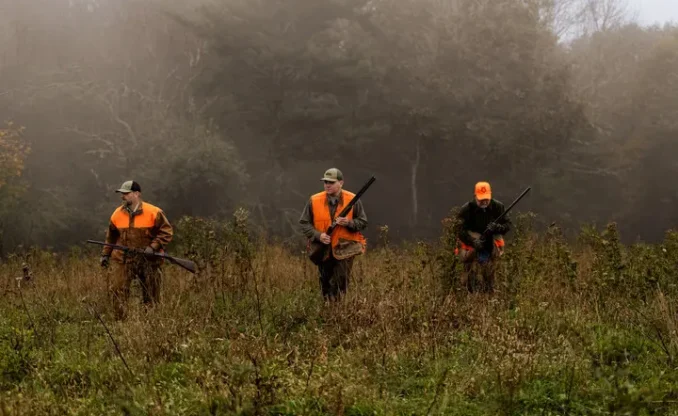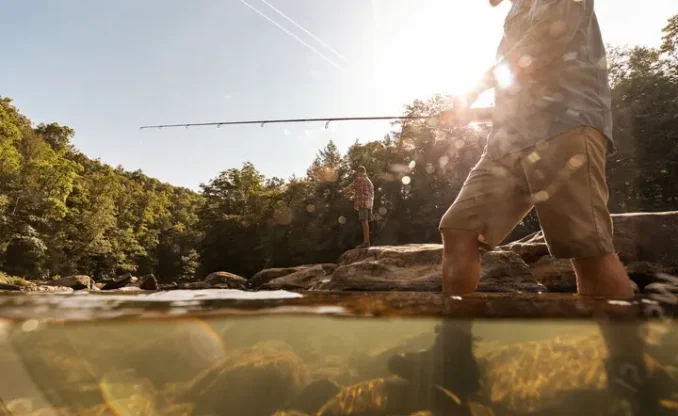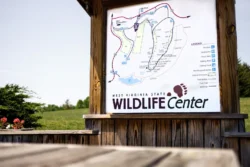Good Food and Cover
Climbing Bittersweet – Celastrus scandens
Form
Shrub or vine climbing to 50 feet.
Twigs
Brown to tan, smooth.
Leaves
Deciduous, alternate, simple, 2 to 4 inches long, 1 to 2 inches wide. Glossy green in summer, greenish-yellow in autumn.
Flowers
May-June. Small, greenish-white, inconspicuous.
Fruits
Bright yellow or orange globose capsules between 1/3 and ½ inch in diameter, opening in autumn displaying showy scarlet seed coat. Persists into winter.
West Virginia Range
Probably in every county, more common west of the mountains.
Natural Habitat
Moist thickets and along fencerows and streams usually in rich soil.
Wildlife Use
Fruits eaten by songbirds, ruffed grouse, pheasant, bobwhite and fox squirrel. Cottontails eat twigs and bark. Old fruits are eaten as survival foods by many birds and animals in late winter.
Horticulture
Uses: Often planted as an ornamental vine for the showy fruits. A good climber on trellises, arbors, porches. Fast growing.
Light: Partial to full sun. Best fruit in full sun.
Soil Moisture: Dry tomoist.
Soil pH: Acid to neutral.
Problems: Can kill shrubs and small trees by girdling. Euonymin in leaves and fruit have poisoned horses.
Compiled by Katharine B. Gregg, professor of biology, West Virginia Wesleyan College Buckhannon, West Virginia .
Written by West Virginia Native Plant Society members and jointly published with the WV Wildlife Diversity Program



